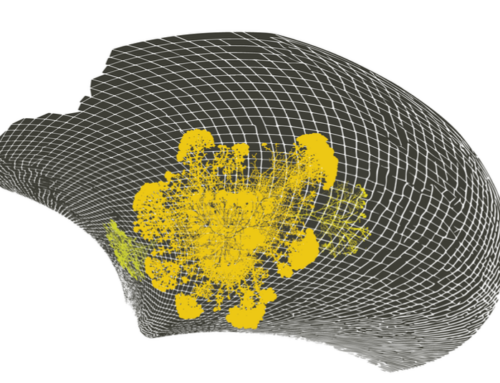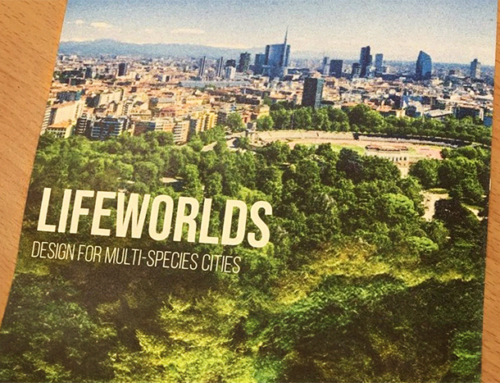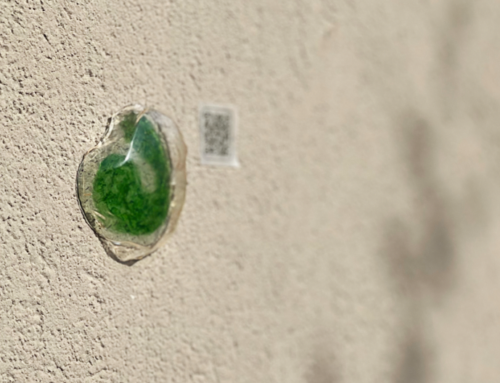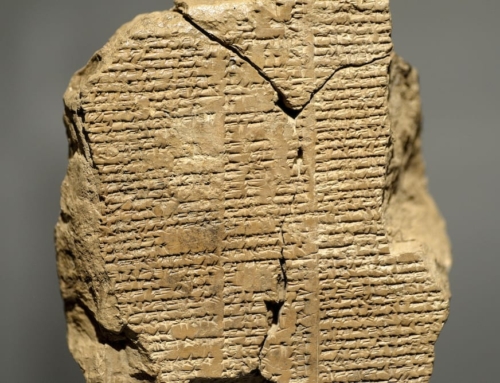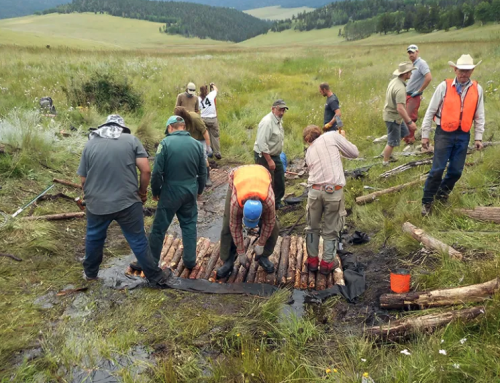Imagine that you have the attention and presence of 80,000 designers and architects. Which five tools, business models, platforms, or applications, would you badly want them to learn about – and use?
Tools for Survival is such an opportunity. The event and encounter, which Doors is directing for the St Etienne Design Biennial, takes place in November. We have a 5,000 square metre (50,000 square feet) shed to fill with tools and people – and hope you will help us do so.
My idea is to arrange the whole space as a kind of caravanserai of informal stalls. Each stall, or carpet, will feature a tool, and people discussing its use. Live projects, in which communities from the region explore ways to use these tools, will run throughout the event.
But Tools for Survival is not about green consumerism: Its focus is on platforms, models, base tools and system components – not discrete end-of-pipe products.
A tool, in this context, can be a product, system. model, book, gadget, software, video, map, hardware, material, or website that is ready to be used now (or will be available for use soon).
Each tool will probably entail a degree of social and collaborative use.
The main zones will be grouped around the themes of food, water, energy, shelter, mobility, monitoring, and designing.
The look-and-feel of the event will be more Bladerunner than Little House on the Prarie. That’s because most people will stlll live in cities, not in cutesy little homesteads, as the going gets….different.
Right now, please just note the dates: the Biennial opens on 12 November and runs for two weeks. Over the coming period we will organise partnerships with other organizations, including a network of design schools. And we’ll soon start a blog/wiki as a public domain place to assemble and select your suggested tools.
COMMENT from Andrew Otwell (http://www.heyotwell.com/)
“Be careful not to turn this into just a trade show, though. The appearance of endless choice between models, gadgets, material, or whatever is going to be overwhelming. Would it be possible to reduce this down to “five tools, business models, platforms, or applications” as you say at the beginning? I think it would be great if everyone could walk out of the event understanding Five Great Tools and how to apply them in various contexts.
“The mechanical age was founded, in a sense, upon the “simple machines”: the pulley, lever, wheel, screw, inclined plane, and wedge. What is the set of “simple machines” of the next age?”
